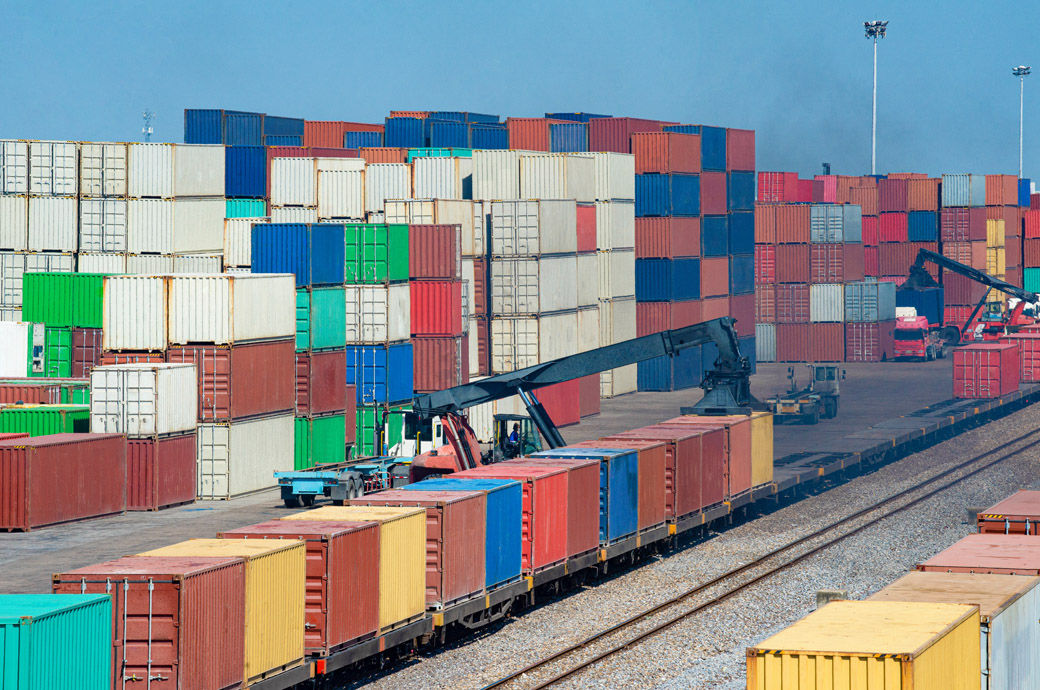
The measure will contribute to ensuring that the rail freight sector remains competitive while preserving the environmental performance of rail in line with the objectives of the Commission's Sustainable and Smart Mobility Strategy and of the European Green Deal.
Germany notified the Commission of its intention to introduce the scheme, whose aim is to help rail operators cover part of the high operating cost and support and preserve the modal shift from road to rail transport, thus promoting a greener means of transport.
In single wagon load transport, individual wagons or groups of wagons from different consignors are bundled together to form one train.
On the contrary, wagon group transport keeps the same composition from the origin to the destination and is eligible under the scheme for journeys up to a maximum distance of 300 km if operated by short block trains with up to 15 wagons.
Both types of transport struggle to reach economic viability. Single wagon load transport entails high costs due to its complex and multi-step nature resulting from the switching and shunting of wagons. Wagon group transport operated by short block trains does not benefit from economies of scale due to the lower number of wagons and the short distances they serve.
Under the scheme, the aid will take the form of direct grants. The maximum annual budget amounts to €320 million (~$347 million).
The scheme is beneficial for the environment and mobility, as it supports segments of rail freight transport, which is less polluting than road transport and decreases road congestion, the Commossion said in a release.
The scheme is proportionate, i.e. limited to the minimum necessary, as the aid remains below the maximum thresholds set out in the Railway Guidelines.
The aid is limited to reducing the competitive disadvantages faced by rail freight transport compared to road transport. Therefore, the measure will not have undue negative effects on competition and trade in the EU, the Commission concluded.
Fibre2Fashion News Desk (DS)